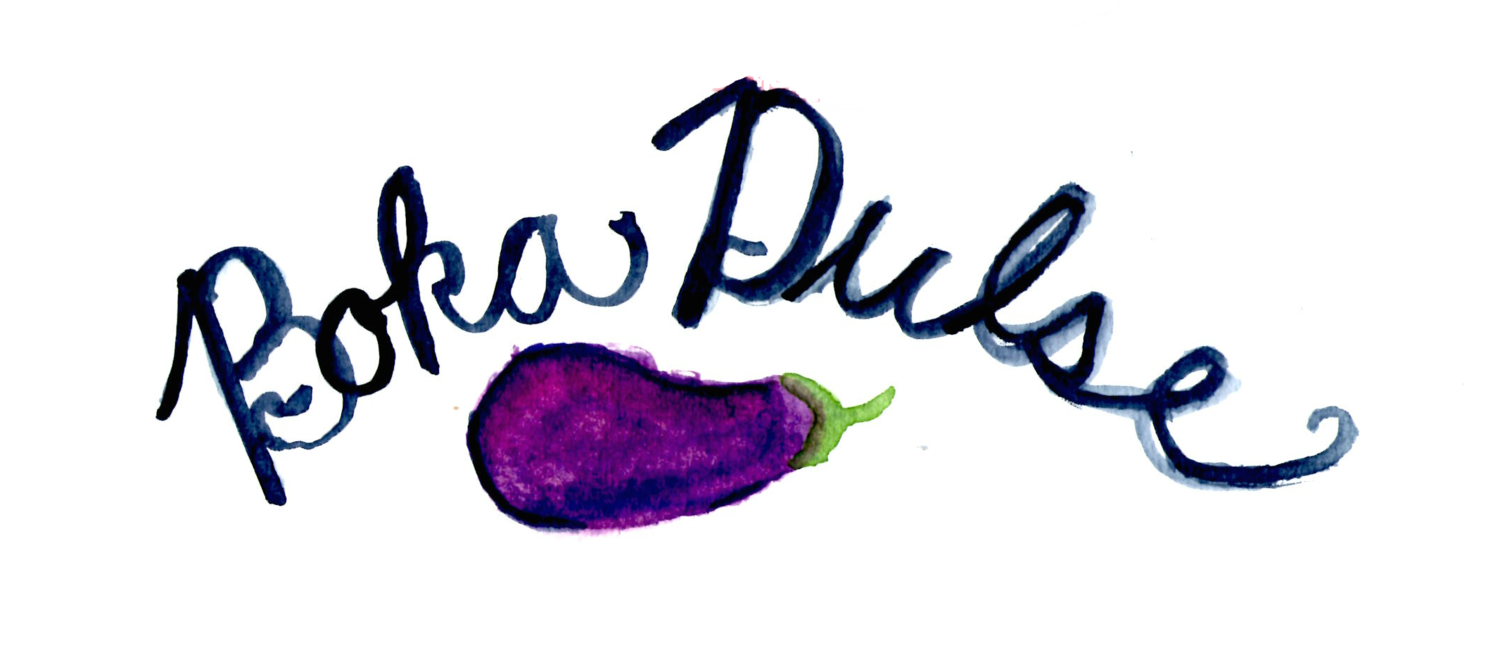On this third day in Lisbon, I decided to take a different tack. I woke up a little later, had a slower morning, and instead of heading to the archive, I steered myself towards another part of town: the charming Principe Real neighborhood, to a small, funky café (with internet!) called the Seagull Method. Naturally, I’m sure you are thinking Sara, what the heck does an oddly named café have to do with your research?! And while you are not entirely wrong in asking such a question, I myself am pleasantly surprised to say quite a lot.
On a completely practical level, this cute café (which I highly recommend for anyone passing through Lisbon – their menu is fab!) gave me a pleasant backdrop against which to do some of the more unglamorous part of research: the reading part. But the café also had a very cool look, and I was struck by the connection between the particularly aesthetic environment I found myself in and my reading of the day.
In particular, I was reading an article by Samantha Baskind about the cover image of a set of prints by French artist Bernard Picart. For some (very brief) context, in the mid-18th century, Picart fled to Amsterdam after becoming a Huguenot and within the context of this (more relatively) religiously tolerant environment. The Netherlands had at that time issued a policy of religious tolerance – that is, of both Catholicism and Protestantism, unusual compared to other regions at the time. Within this context, and as a sort of religious refugee himself, Picart produced a whopping 7-volume series dedicated to the depiction of world religions, entitled Cérémonies et coutumes religieuses de tous les peuples du monde (Ceremonies and Religious Customs of All the People of the World, 1723 -1737). Baskind’s main argument about the cover image, which depicts a victorious Christianity sitting in a seat of prominence surrounded by representative figures of the other world religions, offers a tempering response to previous scholarship on it: while previous scholars have understood the work (and its cover image) to promote a sense of Picart’s own toleration of non-Christian religions, Baskind explains that we must understand the image within the supersessionist thinking that marked Picart’s time and most likely his artistic communication. In other words, the image promotes a vision of Christianity as the theological improvement/resolution of Judaism. I find her argument compelling, not the least of all because in the image, allegorical Christianity is actually stepping on Judaism. There are more words to say about this, but for the sake of brevity I will just say: not great.
Screenshot of Bernard Picart, Tableau des principales religions du monde, frontispiece for Cérémonies et coutumes religieuses de tous les peuples du monde, 1723. Getty Research Institute, Los Angeles. Note Christianity in the middle right field of the print and Judaism, holding a scroll with Hebrew on it, underfoot.
A very different aesthetic offered by the graphics at the Seagull Method.
So, back to that most essential of questions that started this post – the research connection. The linchpin here can be found in another print of this series, which depicts a family of Portuguese Jews sitting at a dinner table eating during the Passover Seder, entitled Le repas de Paques chez les juifs portugais (The Easter (Passover) meal in the house of the Portuguese Jews). This image is notable not only for what scholars consider its accurate depiction of the dress and mannerisms of Portuguese Sephardic Jews living in Amsterdam at the time – many of whom arrived there after a long journey of expulsion and conversion in what is known as the Western Sephardic diaspora – but also, and particularly for my purposes, it is one of the few images that exist of Sephardim and their food. The family sits around a table that is set and laden in the middle with the seder plate and what presumably is charoset and what seems from the digitized image to be greens of some sort; the lady of the house takes a piece of broken matzo (presumably of the afikoman, the middle matzo) from her husband at the head of the table. It is a remarkable image that only the other day I discovered was housed in the Biblioteca Nacional where I am working and it is one that I hope to get to see up close at some point this coming week -- if the archivists let me! In the meantime, though, I may just have to go back to the Seagull Method Café and stare instead at the very cute prints of other, presumably-not-Portuguese-Jewish people hanging on the wall.
Bernard Picart, Le repas de Paques chez les juifs portugais, 1725. Biblioteca Nacional de Portugal, Lisbon.




